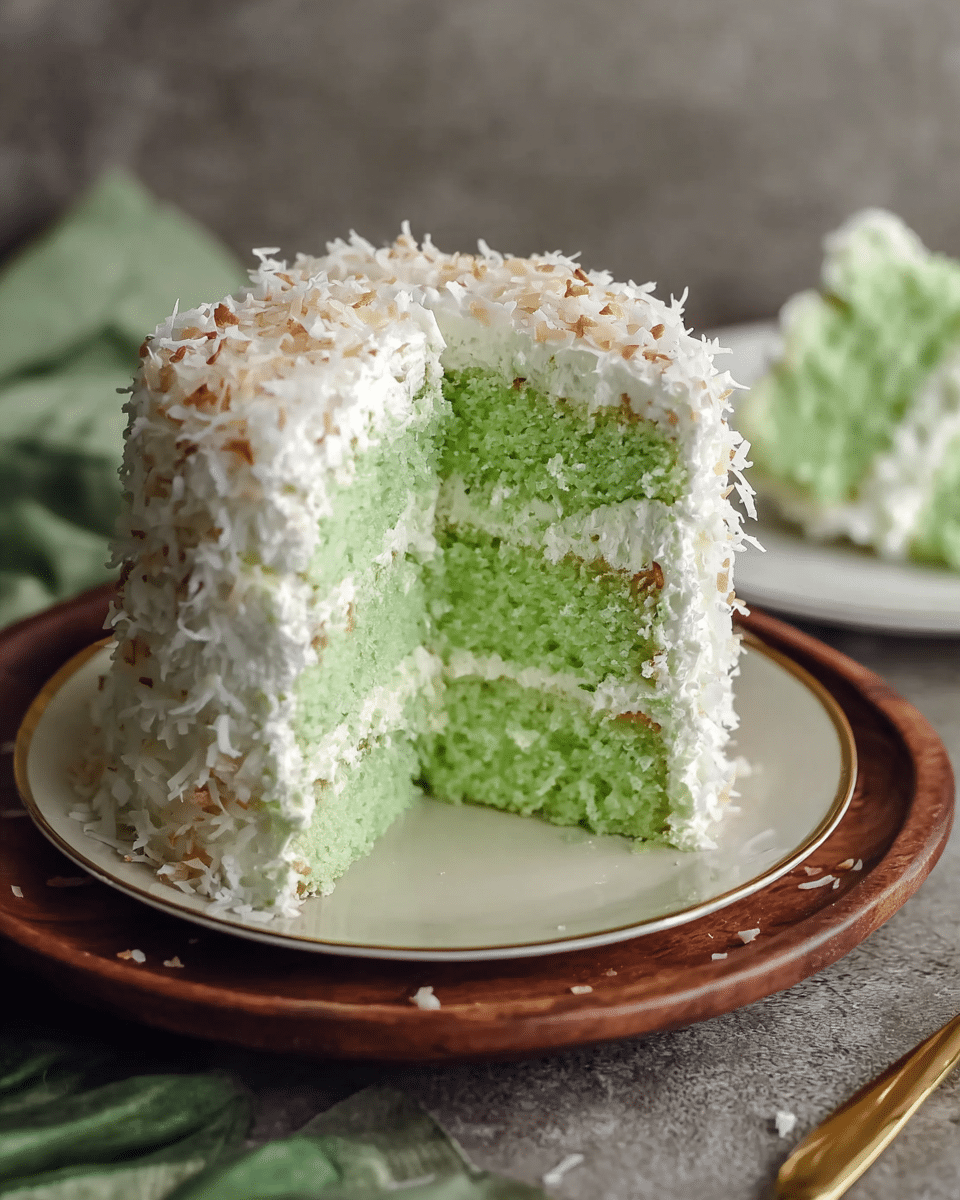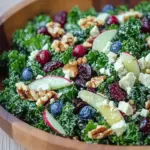This Pandan Coconut Cake is a fluffy, light, and fragrant dessert that combines the tropical flavors of pandan and coconut. The chiffon cake layers are soft and airy, complemented by a whipped coconut cream frosting and sprinkled with coconut flakes for texture. Perfect for any occasion, this no-bake cake will transport your tastebuds to the tropics with its subtle sweetness and aromatic flavors.
Full Recipe:
Ingredients
For the Whipped Coconut Cream Frosting:
-
2 cans full-fat coconut milk (refrigerated overnight)
-
60g powdered sugar
-
1 tsp vanilla extract
-
½ tsp cornstarch (optional, to thicken if needed)
-
60g large coconut flakes
For the Pandan Chiffon Cake:
-
5 large egg whites
-
¼ tsp cream of tartar
-
120g granulated sugar (divided)
-
5 large egg yolks
-
60g milk
-
50g oil
-
1 tsp vanilla extract
-
100g cake flour
-
1 tsp baking powder
-
1 tsp pandan extract
-
Green gel food coloring (optional)
Directions
-
Make the Whipped Coconut Cream:
Open the refrigerated coconut milk without disturbing it, and scoop out the solidified coconut cream into a bowl. Add powdered sugar and vanilla extract, then use a hand mixer to whip until light peaks form. If the cream is too liquidy, add cornstarch to thicken. -
Prepare the Cake:
Preheat your oven to 350°F (175°C) and line three 6-inch round cake pans with parchment paper. Do not grease the sides of the pans. -
Whip the Egg Whites:
In a large bowl, beat egg whites and cream of tartar until foamy. Gradually add 100g of sugar, continuing to beat until stiff peaks form. -
Mix the Egg Yolks:
In a separate bowl, whisk egg yolks with the remaining 20g sugar until smooth. Add milk, oil, vanilla extract, pandan extract, and food coloring (if using), mixing well. -
Sift and Fold Dry Ingredients:
Sift cake flour and baking powder into the egg yolk mixture. Gently fold the dry ingredients into the wet mixture until combined. -
Fold in Meringue:
Add a third of the meringue to the egg yolk mixture and fold carefully. Add the remaining meringue and gently fold until fully incorporated. -
Bake the Cake:
Divide the batter evenly into the cake pans and bake for 23-25 minutes or until the tops are lightly browned and firm to the touch. -
Cool the Cake:
Let the cakes cool upside down on a wire rack for about 30 minutes, then remove from the pans. -
Assemble the Cake:
Once the cake layers have cooled, spread an even layer of whipped coconut cream on the first cake layer. Top with the second layer and repeat. Apply a crumb coat with the remaining frosting. -
Decorate:
Apply a thicker layer of frosting and smooth it with a bench scraper. Press coconut flakes onto the sides and top of the cake for decoration. Refrigerate for 1-2 hours before serving.
Nutrients
-
Calories: 3842 kcal per cake (makes 12 servings)
-
Total Fat: 280g
-
Saturated Fat: 192g
-
-
Cholesterol: 979mg
-
Sodium: 866mg
-
Carbohydrates: 298g
-
Sugar: 189g
-
-
Protein: 64g
-
Fiber: 12g
-
Vitamin A: 1397 IU
-
Calcium: 607mg
-
Iron: 31mg






